I’ve just returned from six days in Southern Kyuushu, with a boatload of photos and some indelible memories. I’m going to split this up into a couple of posts just for management purposes – it’d be too huge in one go.
There’s a lot I could say about this trip, which took me farther south than any I’ve taken in Japan so far. In the first place, the presence of nature and natural forces is an overwhelming one, even in Kagoshima. There’s also a strong sense of the relaxed, unpretentious culture of southern Japan here – one could feel it in Nagasaki and Fukuoka too, though they’re a good distance further north. Call it Kyuushu chill.
Kagoshima certainly isn’t a big city by Japanese standards, though it is the most urban environment in the old Satsuma region, as this part of Kyuushu used to be known. The city is unavoidably dominated by Sakurajima, the 1000 meter (very) active volcano which sits just across the bay a few kilometres from the city center (accessible by a 160 Yen(!) ferry ride. The mountain made a liar of its name in 1914, building its own bridge to the mainland with a massive eruption that was the last time Sakurajima devastated local lives in a massive way. Kagoshima is unsurprisingly sister cities with Naples, which likewise is dominated by the presence of a very active volcano on its doorstep.
These days the volcano mostly spews ash and steam, with occasional pyroclastic explosions for variety. It’s a lovely place to walk around, with lava trails and lots of cats. But it’s the mountain itself that you remember. I took a bus to the closest observation point, and while I was there a large ash plume eruption began. This is not uncommon by any means, but my God – to see such a thing from a couple of KM away was an experience truly unlike any I can remember. These eruptions are a part of the lives of Kagoshima residents (including the 4000 who live on Sakurajima itself), who carry umbrellas not just for the region’s prodigious rainfall, but ashfall as well.
On my second morning I took the “Toppy” jetfoil to Yakushima for a three-day visit. The jetfoil is fast, clinical, and – importantly for me – relatively stable even on rough seas (they were calm as glass on the way over, much choppier on the way back). It arrives in about two hours as opposed to four for the car ferry, and with Yakushima’s limiting bus timetables that was a crucial factor. Yakushima has been on my bucket list for years, in part because it was the inspiration for Miyazaki’s Mononoke Hime – my favorite Ghibli film and possibly my favorite animated film period.
I can try and describe Yakushima, but my words do it even less justice than my poor photographs. Impossibly it reminded me of Maui, Big Sur, Yosemite and British Colombia at different times – plus a bit of what I imagine Bali to be like. It’s tropical, it has high alpine mountains (some over 7000 feet) that see lots of snow, dense and mossy forests, cliffs, even mangrove swamps and banyan groves. The variety of landscapes in a relatively small area is unequalled by anywhere I know, like a sampler platter of every trekking trip I’ve ever taken (or wanted to take).
The most famous residents of Yakushima are the ancient Japanese cedars, Yakusugi, some of which are thousands of years old. One can go see the purported oldest of then, thr Jomon Sugi, but it’s a 10-hour round-trip hike and seemed a bit too much like one of those dutiful Japanese tourist pilgrimages. One can also see many of the old trees in Shiratani Utsukyou and Yakusugiland, two parks in the interior which offer unbelievably beautiful hiking and are reachable by bus. Shiratani has the specific “moss forest” Miyazaki is said to have modeled the one in Mononoke after, and boy, it’s easy to see why. I hiked extensively in both locations and they compare favorably to the best hikes I’ve taken anywhere in the world.
In between, I used the bus system to explore the southern coast, which included a visit to a seaside kanyakumari (mixed gender onsen) accessible only at low tide (I discreetly snapped this photo of the view after I toweled off and dressed). I also visited a couple of truly spectacular waterfalls (including Ohkonotaki), dined at the gorgeous Cottage Davis – a cafe and lodging house run by a Michelin-star chef from Tokyo who escaped to this paradise on Earth – and stopped by Onoaida Onsen. This is a tiny hot spring at the edge of the forest much-loved by locals, though I found the water (48 degrees Celsius) too hot to really enjoy myself. The owner’s cats were a nice bonus, keeping me company as I visited the shrine adjacent to the onsen.
Between the incredible and incredibly varied scenery, the friendly locals, the local cuisine, onsen, and the wildlife (Japanese macaques and island deer are everywhere and bird life is abundant), Yakushima really does come close to being the best destination an outdoorsy person could hope for. It would be better with a car but it’s quite doable via the bus system, and next time I’m determined to rent a bike and tackle the largely flat ring road that circles the island. It’s a UNESCO World Heritage site too, so largely unspoiled by Japan’s usual tourist trappings. I was pleased to see not so much as a single jihanki at either Yakusugiland or Shiratani Utsujkyou – just a restroom, entrance station and small parking lot (plus a tiny gift shop at Yakusugiland). Yakushima is definitely on my short list of favorite places visited – it’s truly fantastic.
To be continued…



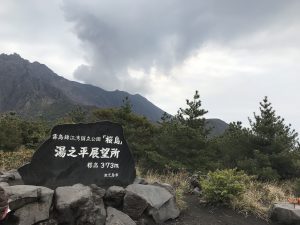
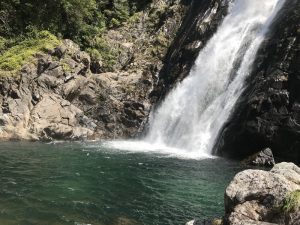
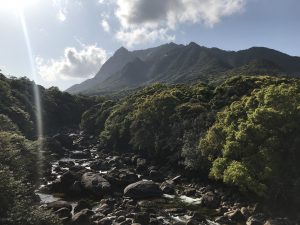

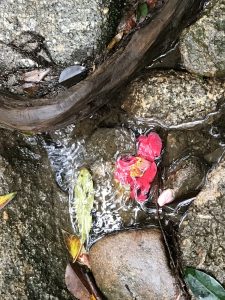
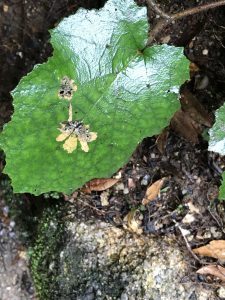

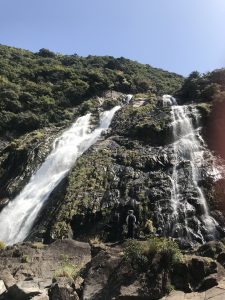
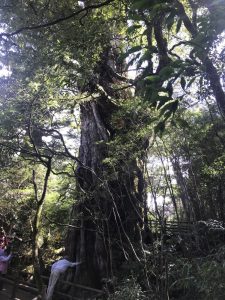
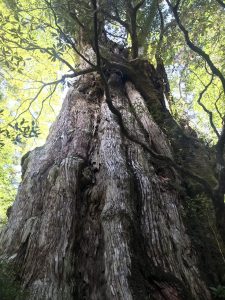
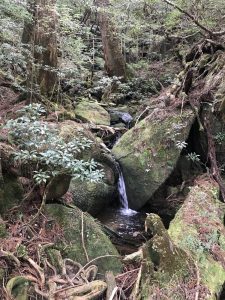

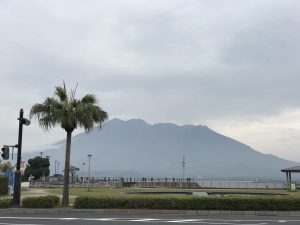
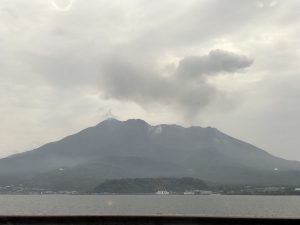
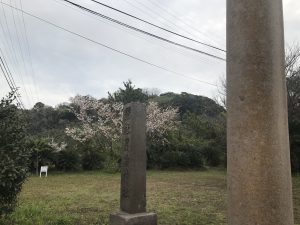

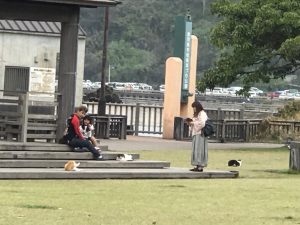
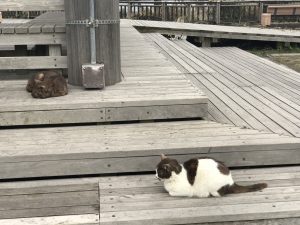

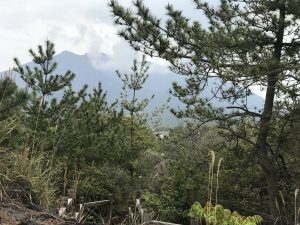
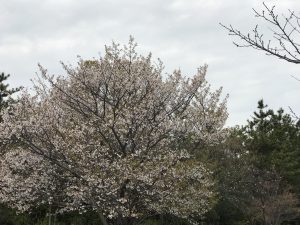



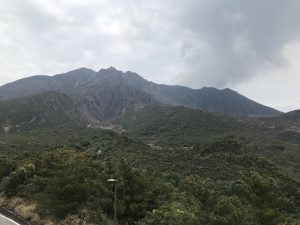
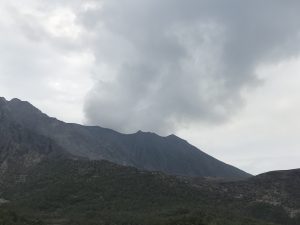
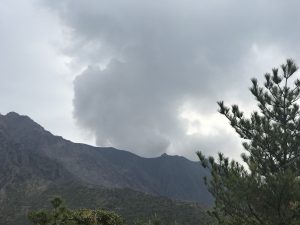

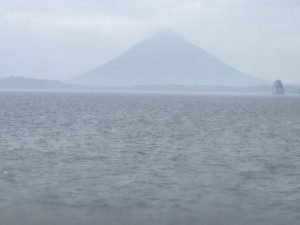
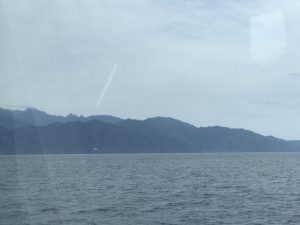

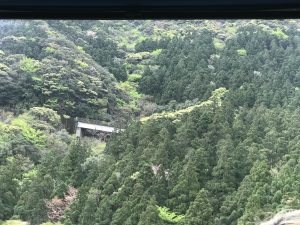
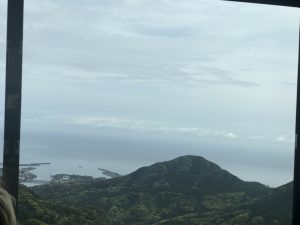





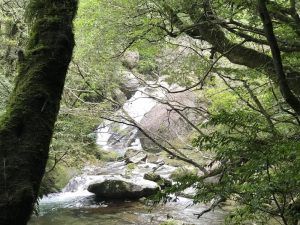
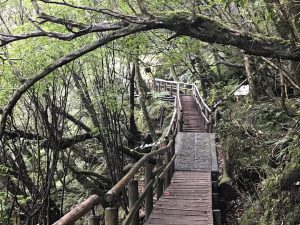
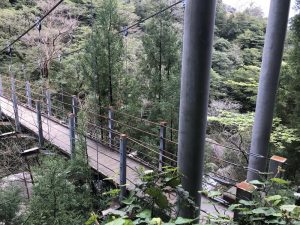

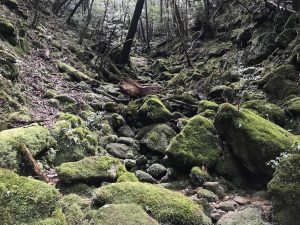
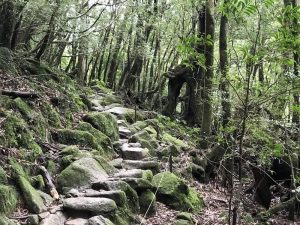
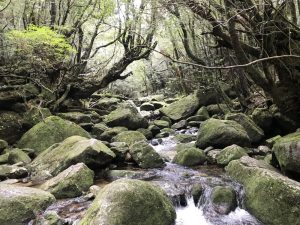

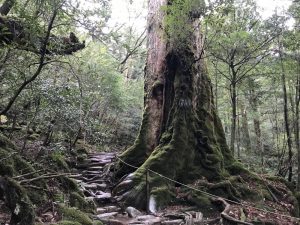
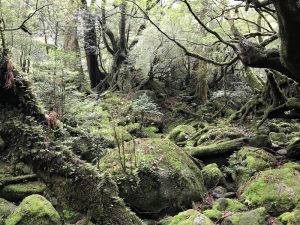
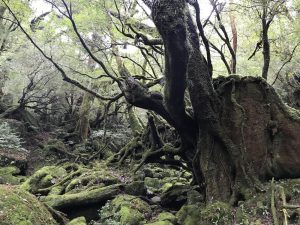
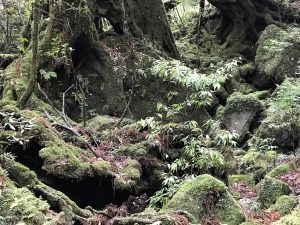
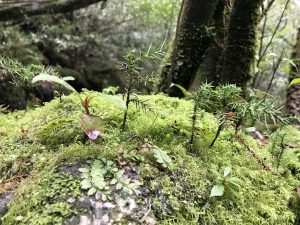
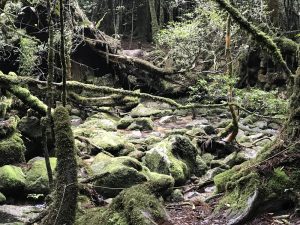
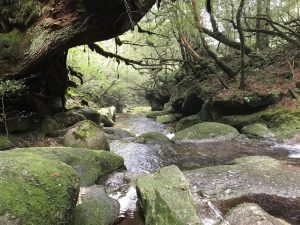
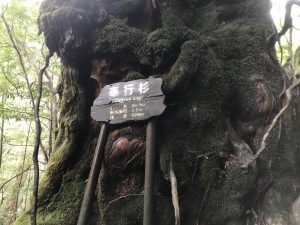
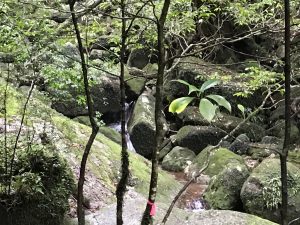
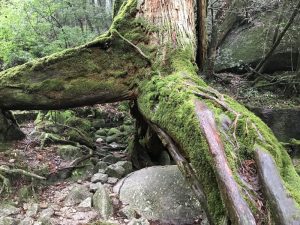
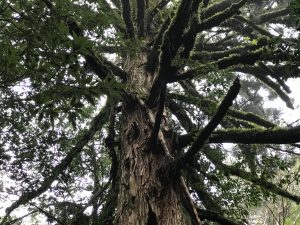
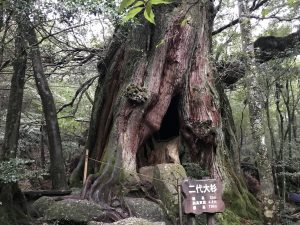
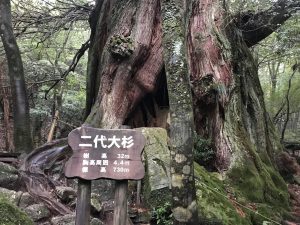
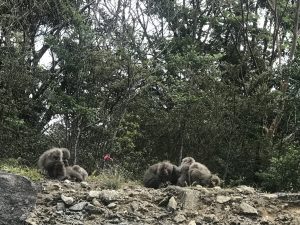



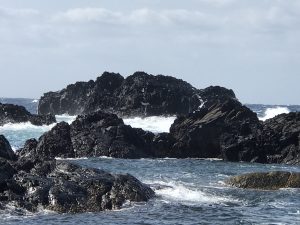
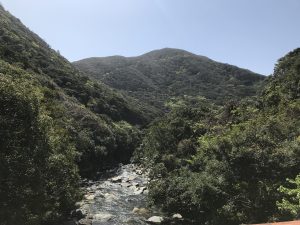

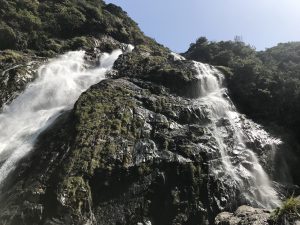
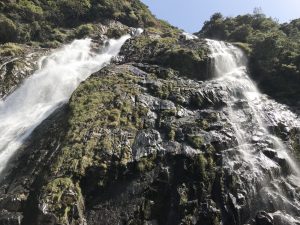
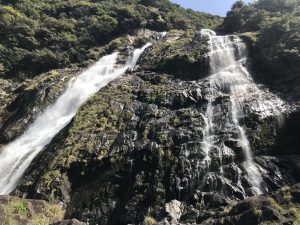
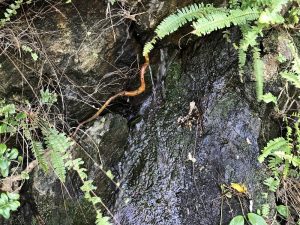
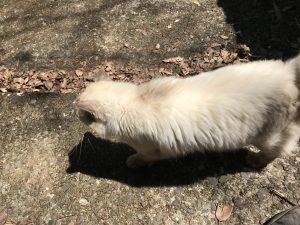
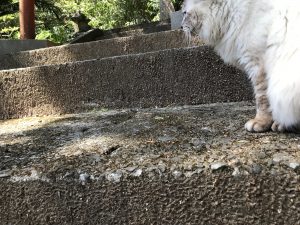
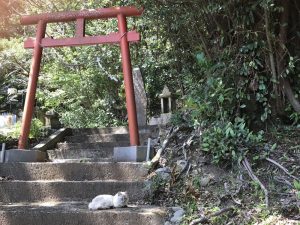
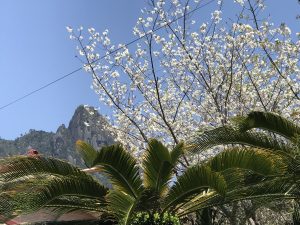



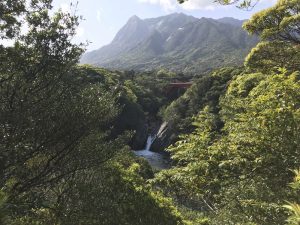

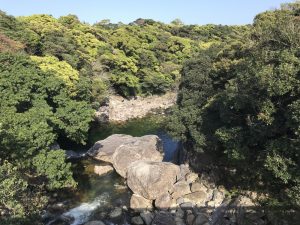
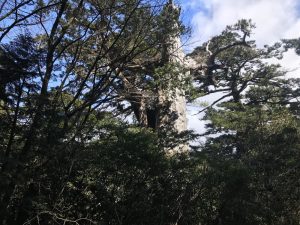
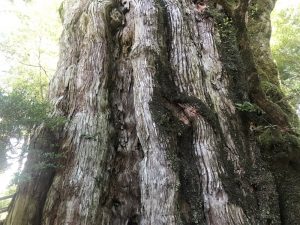
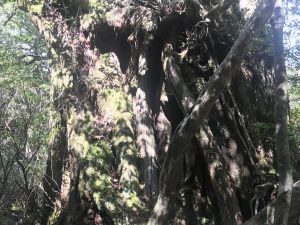
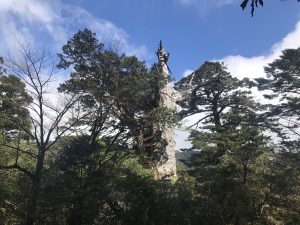

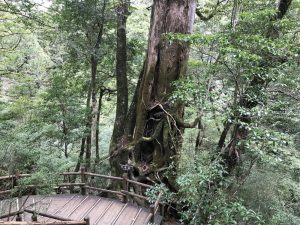

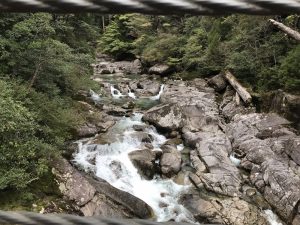

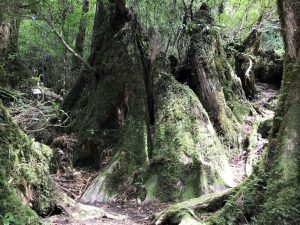
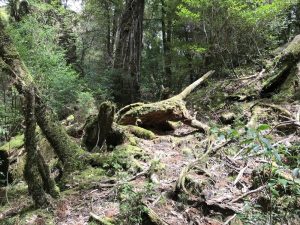

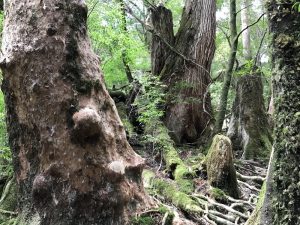
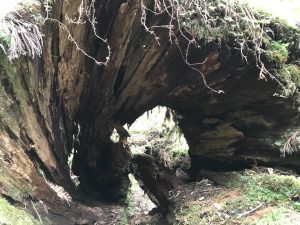
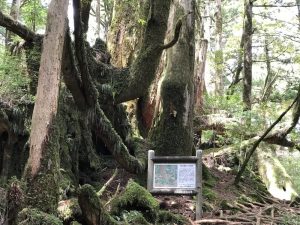

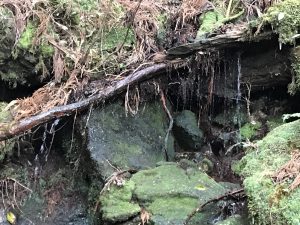
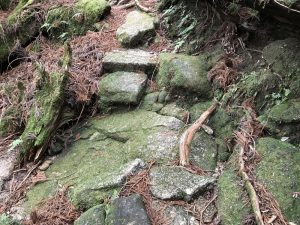
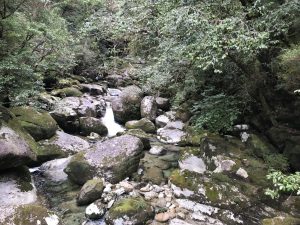
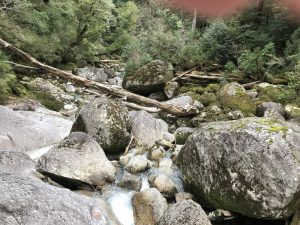
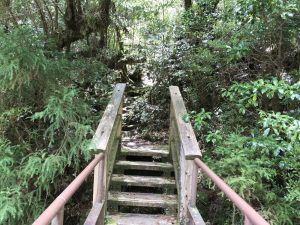
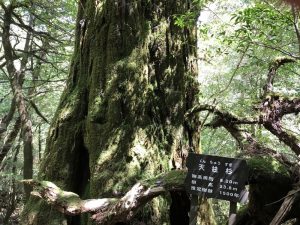

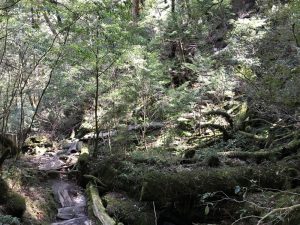

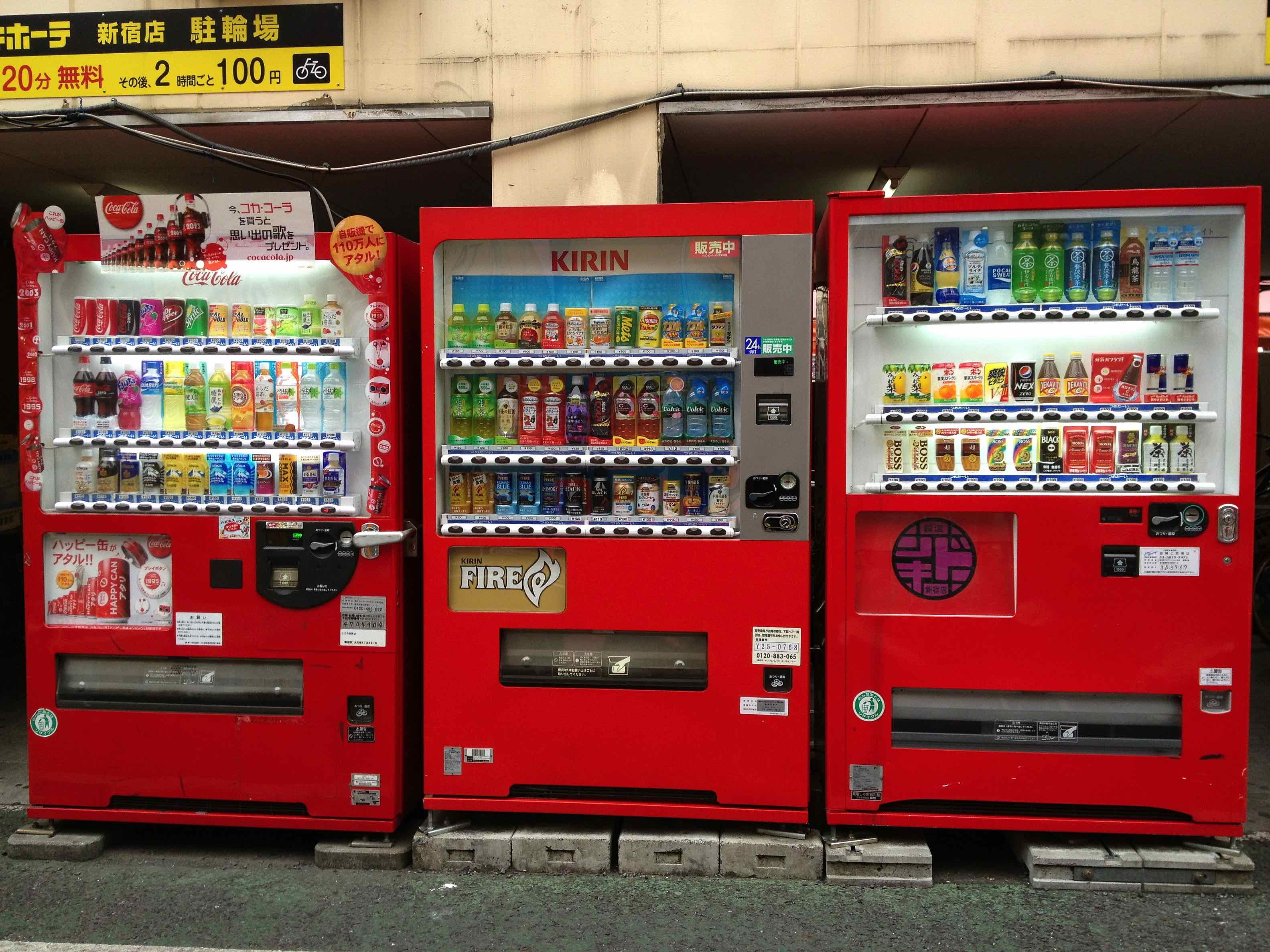
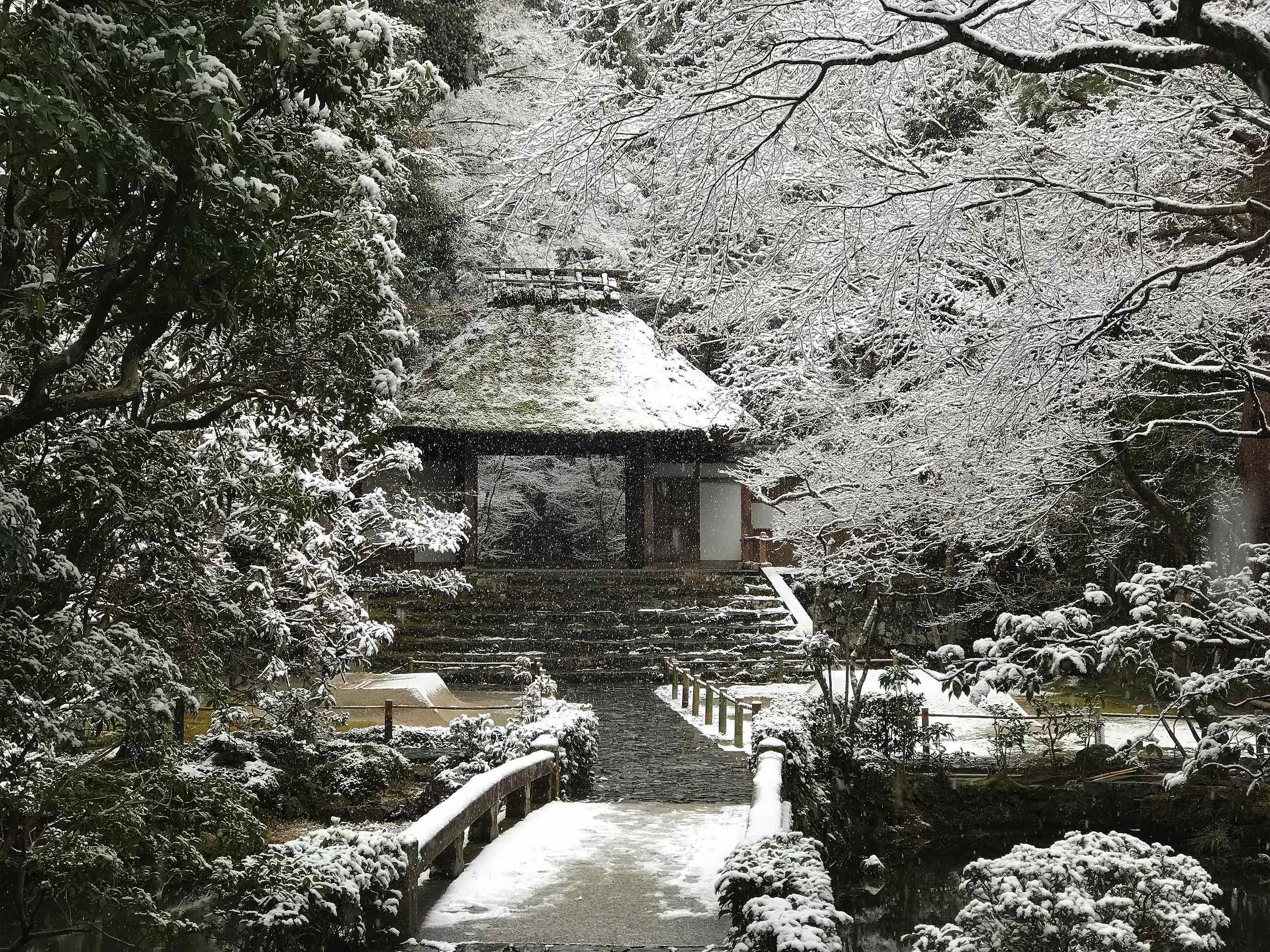
ssva
April 6, 2019 at 9:36 pmSounds like you had quite the magical trip! The scenery looks wonderfully out of this world and what a miracle that it is accessible by public transport. I enjoyed reading this, I’ll put this on my list of places to visit in Japan.
PS. Bali’s forests are drier, not dense or mossy or full of large old trees, but they are nice and green nonetheless. The botanical garden is a very nice place too. Hope you can make it there someday.
Guardian Enzo
April 6, 2019 at 10:04 pmWell, like I said, how I imagined it (not how it really is).
Make no mistake, Yakushima would certainly be better with a car. But it is doable by bus, if you plan your days carefully. Next trip will definitely feature a bike rental for me.
elianthos
April 7, 2019 at 1:20 am* starry eyes * thank you for the deyailed travel posts as usual. Also glad you enjoyed your holday time so much.
I feel called out by your onsen photo snapping disclaimer though, ooops.Ronbb
April 7, 2019 at 4:04 pmWow, this looks otherworldly…must be quite an experience. After watching Angolmois, Kyuushu has become a destination that I want to check out…thanks so much for covering the island. Did you fly direct from Kobe to Kagoshima?
Guardian Enzo
April 7, 2019 at 5:14 pmKIX, Osaka – a little over an hour. You can fly from Kobe but it’s more expensive, even factoring in the cost of the limobus.
Ronbb
April 8, 2019 at 1:57 amOh, how I love Japan…there’re many options to travel from one place to another within the country.
Guardian Enzo
April 8, 2019 at 9:35 amMany worlds in one world indeed.